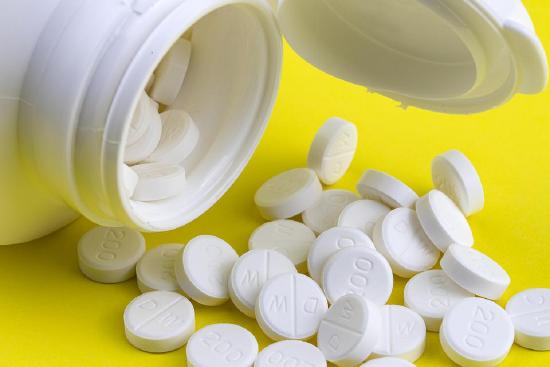2.2: Pure Substances
- Page ID
- 52327
Have you ever had the experience of opening the refrigerator and seeing something that you don't recognize?
Not an unfamiliar food, but something that has changed over the time period it was in the refrigerator. You are not sure just what it is, so you call it "stuff". Likely, after looking at it, you know it's not a good idea to eat it, so you throw it out. If you're not sure just what it is, you certainly do not want to put it in your body.
Substances
Silver and ordinary table salt are two examples of chemical substances. A substance is matter that has a uniform and definite composition. All samples of substances, sometimes called pure substances, have identical properties. When chemists run a chemical reaction, they want to use pure materials so they know exactly what they are dealing with. They know that the reaction involves a specific substance, so they expect the same reaction to give the same results each time that it is run.
One characteristic of a substance is that it cannot be separated into components by physical separation techniques. The compound acetylsalicylic acid (the active ingredient in aspirin) is a substance because it is a chemical compound that cannot be further reduced to other materials by physical means. However, the aspirin that contains the acetylsalicylic acid is a mixture. In addition to the active pain-relieving ingredient, aspirin also may contain waxes, corn starch, and cellulose, among other ingredients. These added materials bind the tablet components into a solid pill and influence how rapidly the material dissolves.

Substances may be either elements or pure compounds. They may also be solid, liquid, or gas. Some of the elements (such as silver) exist in the solid form. Other elements (mercury) exist as liquids at room temperature. Elements such as helium and radon exist as gases at room temperature. A compound such as water will take the form of a solid, a liquid, or a gas, depending on the temperature.
Summary
- A substance is a pure material with a uniform and definite composition.
- A substance cannot be separated into components using physical means.
- A substance can be a solid, a liquid, or a gas, dependent on temperature.
Review
- Define substance.
- Can salt be a substance?
- Is aspirin a substance?

